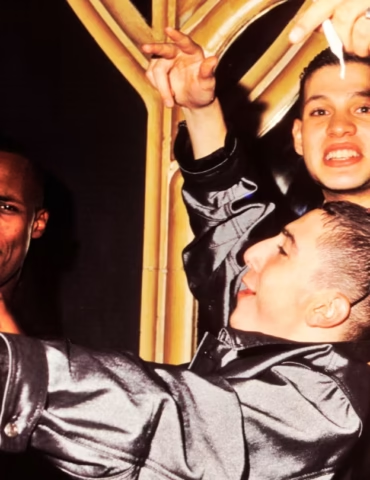
Listeners:
Top listeners:
-
 play_arrow
play_arrow
EXTRA FM Feel the vibe
-
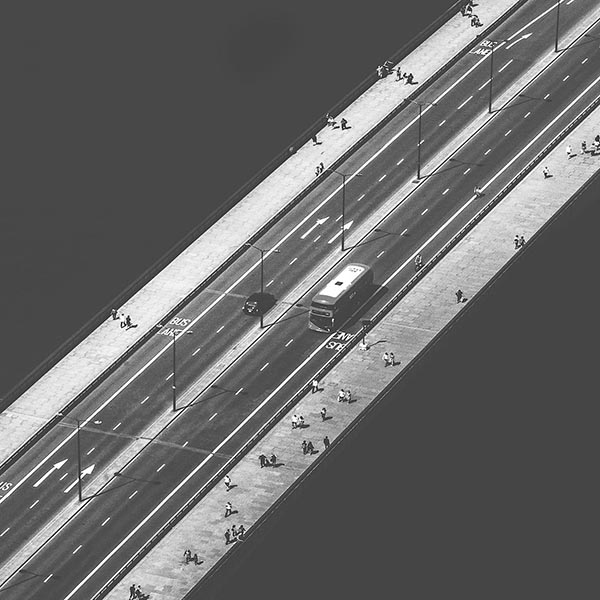 play_arrow
play_arrow
The World Mash Up Unknown
-
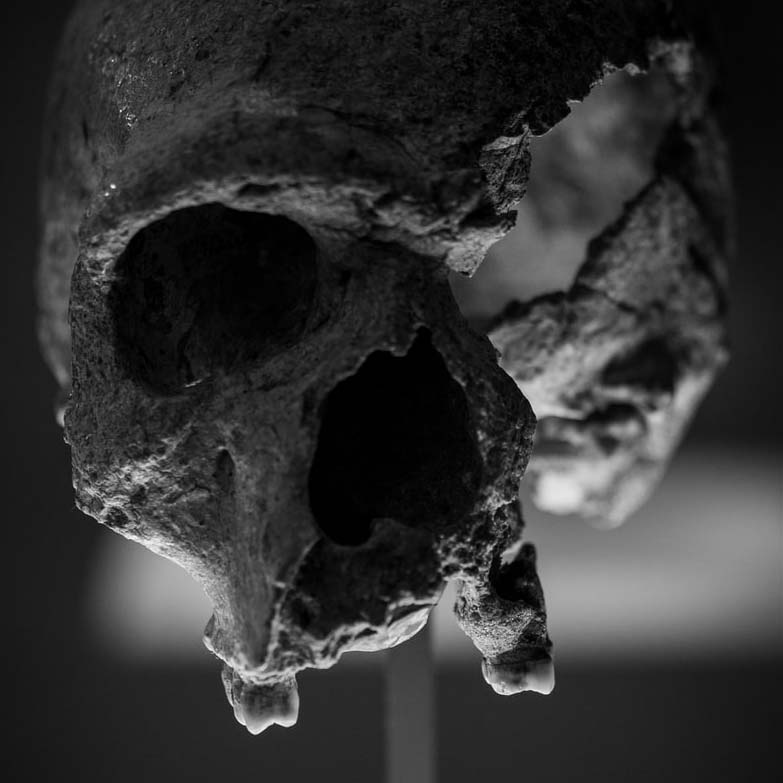 play_arrow
play_arrow
Bad boy - Amen Lick Unknown
-
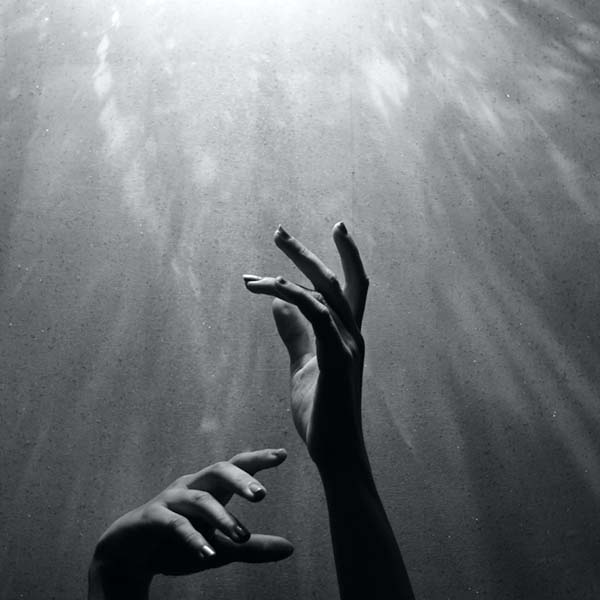 play_arrow
play_arrow
Old Skool Amen Mix - DJ Sparkz DJ SPARKZ
-
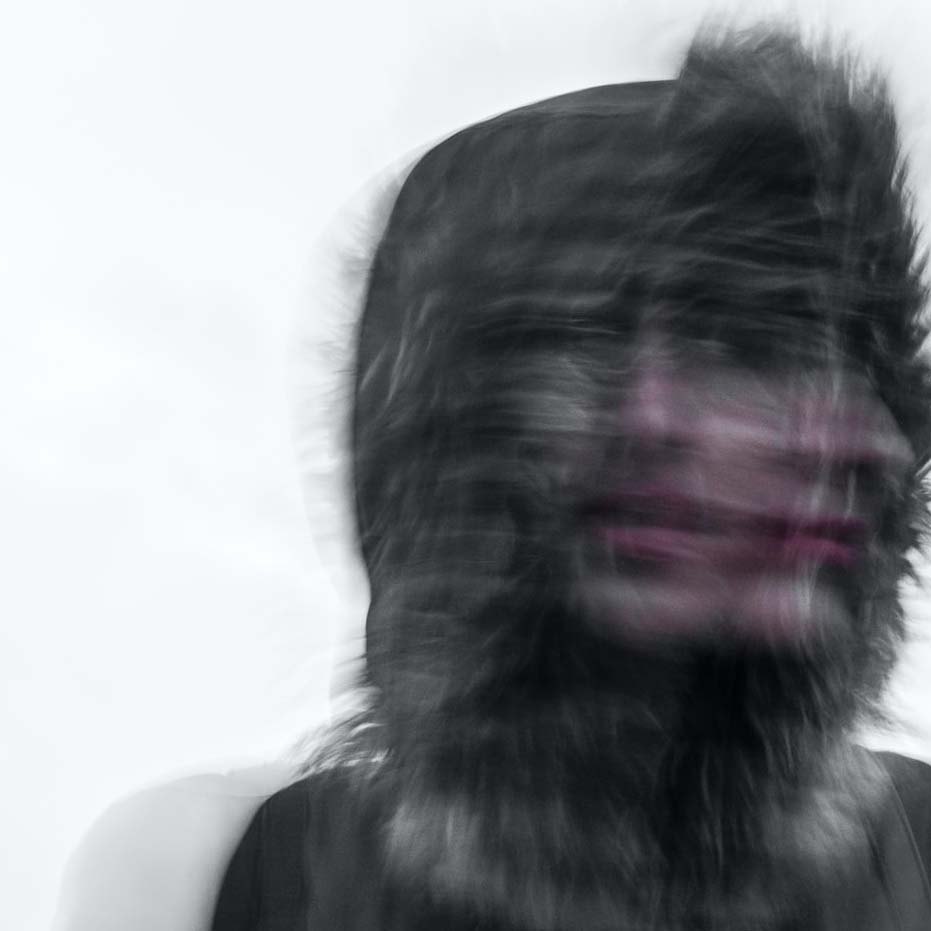 play_arrow
play_arrow
JUNGLE JUNGLE JUNGLE - DJ SPARKZ DJ SPARKZ
 Daft Punk, Pharrell Williams & Nile Rodgers - Get Lucky
Hello guys!😎I love your show!
Tony Rodman
Daft Punk, Pharrell Williams & Nile Rodgers - Get Lucky
Hello guys!😎I love your show!
Tony Rodman
 NeostaProducer - BoomBap (HipHop Type SnoopDog (BoomBap Vol. 1)
😎Yooooo! I love this tune and dedicate this to my lil' sis' Ema
NeostaProducer - BoomBap (HipHop Type SnoopDog (BoomBap Vol. 1)
😎Yooooo! I love this tune and dedicate this to my lil' sis' Ema
Jungle is a genre of electronic music that developed out of the UK rave scene and Jamaican sound system culture in the 1990s. Emerging from breakbeat hardcore, the style is characterised by rapid breakbeats, heavily syncopated percussive loops, samples, and synthesised effects, combined with the deep basslines, melodies, and vocal samples found in dub, reggae and dancehall, as well as hip hop and funk. Many producers frequently sampled the “Amen break” or other breakbeats from funk and jazz recordings Jungle was a direct precursor to the drum and bass genre which emerged in the mid-1990s.
Origin
The breakbeat hardcore scene of the early 1990s was beginning to fragment by 1992/1993, with different influences becoming less common together in tracks. The piano and uplifting vocal style that was prevalent in breakbeat hardcore started to lay down the foundations of 4-beat/happy hardcore, whilst tracks with dark-themed samples and industrial-style stabs had emerged from late 1992 and named darkcore. Reggae samples and reggae-influenced tracks had been a feature of many breakbeat hardcore tracks since 1990, particularly from producers such as Shut Up and Dance,[5] however Ibiza Records,[6] and the Rebel MC were arguably the first to bring the sound system influence solidly into releases. The track “We Are I.E.” by Lennie De Ice is often credited as being the track that laid down the foundations for jungle with its ragga bassline.[7]
The infiltration of hardcore B-boys into the rave scene was catalyst for “the messy birth-pangs of Britain’s very own equivalent to US hip hop: jungle.”[8] The UK B-boy’s removal from American racial tensions made hip-hop’s sample and beat-making more attractive than the “protest side of rap,” and spurred on their interest in the rave scene.[8] Alongside their ‘sampladelic’ taste, raving B-boys’ use of MDMA fueled the more hyper sound that was passed down to jungle, even after the drug was left for marijuana.
During 1992 and 1993, the phrases “jungle techno” and “hardcore jungle” proliferated to describe that shift of the music from breakbeat hardcore to jungle. The sound was championed at clubs such as AWOL,[9] Roast, and Telepathy, by DJs such as DJ Ron, DJ Hype, DJ Randall, Mickey Finn, DJ Rap, and Kenny Ken, record labels Moving Shadow, V Recordings, Suburban Base, and Renk,[10] and on pirate radio stations such as Kool FM (regarded as being the most instrumental station in the development of jungle) but also Don FM, Rush, and Rude FM.
Tracks would span breakbeat styles, particularly with darkcore, with notable releases including “Darkage” by DJ Solo, “Valley of the Shadows” by Origin Unknown, “Set Me Free” by Potential Bad Boy, “28 Gun Bad Boy” by A Guy Called Gerald, “Crackman” by DJ Ron, “A London Sumtin” by Code 071, “Learning from My Brother” by Family of Intelligence, “Lion of Judah” by X Project, and “Be Free” by Noise Factory.
Techniques and styles could be traced to such a vast group of influencers, each adding their own little elements. According to Simon Reynolds, the jungle was “Britain’s very own equivalent to US hip-hop. That said, you could equally make the case that Jungle is a raved-up, digitised offshoot of Jamaican reggae. Musically, jungle’s spatialised production, bass quake pressure and battery of extreme sonic effects, make it a sort of postmodern dub music on steroids.”[11] This is an example of the effects of the sonic diaspora and the wide influence musical genres have; the Jungle is where these different Black Atlantic genres converge.Reynolds noted the audience of the genre evolved alongside the music itself; going from a “sweaty, shirtless white teenager, grinning and gurning” to a “head nodding, stylishly dressed black twenty-something with hooded-eyes, holding a spliff in one hand and a bottle of champagne in the other. Jungle also served as “a site for a battle between contesting notions of blackness.
Jungle reached the peak of its popularity in 1994/1995. At this stage, the genre was achieving a number of UK top 40 hits, including “Incredible” by M-Beat featuring General Levy, and spawned a series of CD compilations such as Jungle Mania and Jungle Hits. Controversy raged over the success of “Incredible” when Levy reportedly made comments in the media that he was “running jungle at the moment”. Although Levy always argued that his comments were misinterpreted, this did not fail to stop a boycott of the single amongst a group of DJs that were dubbed as the “Jungle Committee”.[13][14] Labels such as Ibiza, 3rd Party and Kemet were prolific in their releases.[15]
Having previously been confined to pirate radio, legal stations woke up to jungle from 1994. London’s Kiss 100 launched its Givin’ It Up show in early 1994 and featured DJs on rotation including Kenny Ken Jumpin Jack Frost, DJ Randall, DJ Rap, and Mickey Finn. A year later, the UK’s nationwide broadcaster BBC Radio 1 finally gave jungle a platform on its One in the Jungle weekly show.[16]
Major labels such as Sony and BMG were signing deals with artists including A Guy Called Gerald, Kemet, and DJ Ron. Of these, Roni Size and 4hero would achieve wider commercial success as drum and bass artists, but continued to release more underground jungle tracks — the latter adopting the alias Tom & Jerry to continue to release rare groove sampling dancefloor-oriented jungle. The underground classic “Burial” by Leviticus would see a major release on FFRR Records.
Jungle music, as a scene, was unable to decide whether it wanted to be recognised in the mainstream or if it wanted to avoid misrepresentation.[11] This manifested in the cooperation of jungle artists and small record labels. Small record labels worked to provide more autonomy to the music artists in return for their business and jungle music was proliferated by pirate stations in underground networks and clubs. Whilst the media would in part feed off jungle music success, it also perpetuated negative stereotypes about the scene as being violent. The seminal 1994 documentary A London Some ‘Ting Dis, chronicled the growing jungle scene and interviewed producers, DJs, and ravers to counter this perception.[17][18]
1996 and 1997 saw a less reggae-influenced sound and a darker, grittier, and more sinister soundscape. Hip-hop and jazz-influenced tracks dominated the clubs in this period.[12] Dillinja, Roni Size, Die, Hype, Zinc, Alex Reece and Krust were instrumental in the transition of the jungle sound to drum and bass. By the end of 1998, the genre’s sound had changed forms significantly from the sound heard earlier in the decade.
Written by: Extra FM
Post comments (6)
Recent Posts
Recent Comments
Featured post

Latest posts
Current show
Upcoming shows
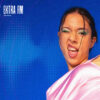
Good Morning London
FEEL THE VIBE
6:00 am - 12:00 pm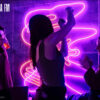
Afternoon Vibes
12:00 pm - 3:00 pm

TOP 100 HITS SHOW
3:00 pm - 9:00 pm
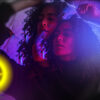
JUNGLE NIGHT TRAIN SHOW
PLAYING JUNGLE MUSIC
9:00 pm - 11:00 pmChart
Chart
-
-
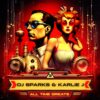 play_arrow
play_arrow
Stop Pretending to Be My Friend DJ Sparks & Karlie J
-
-
-
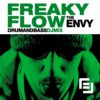 play_arrow
play_arrow
Hearing Is Believing DJ SS
-
-
-
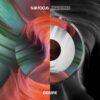 play_arrow
play_arrow
Desire Sub Focus & Dimension
-
-
Top popular
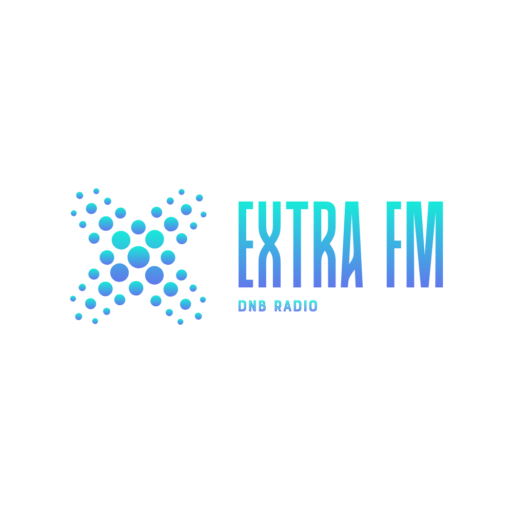
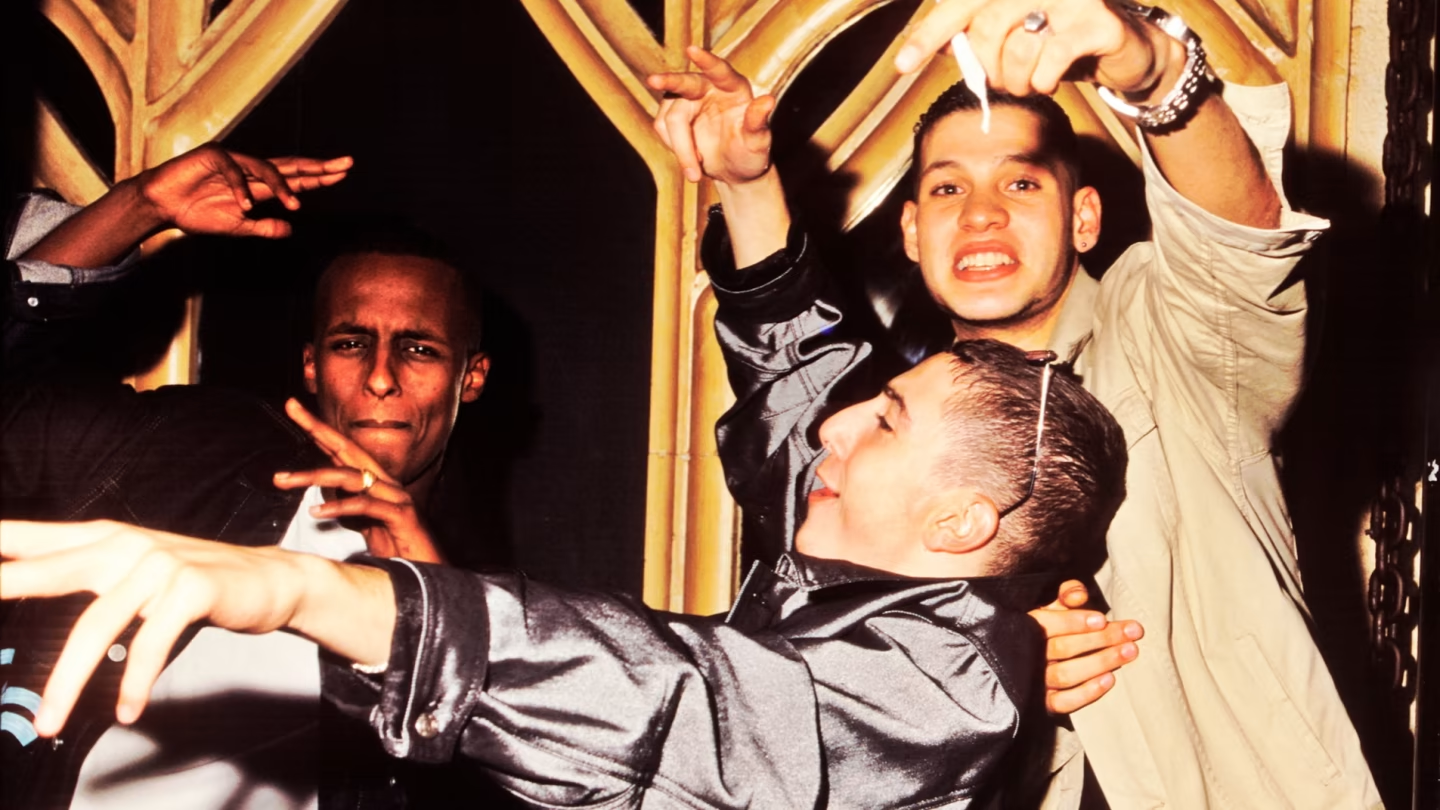
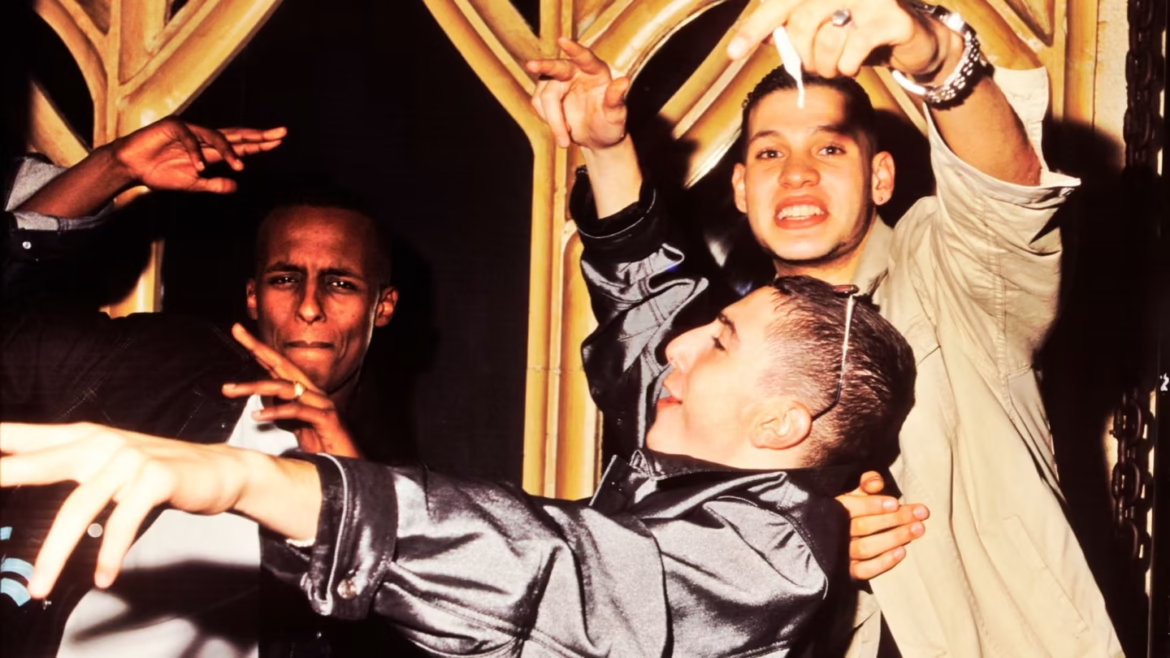


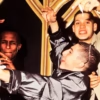
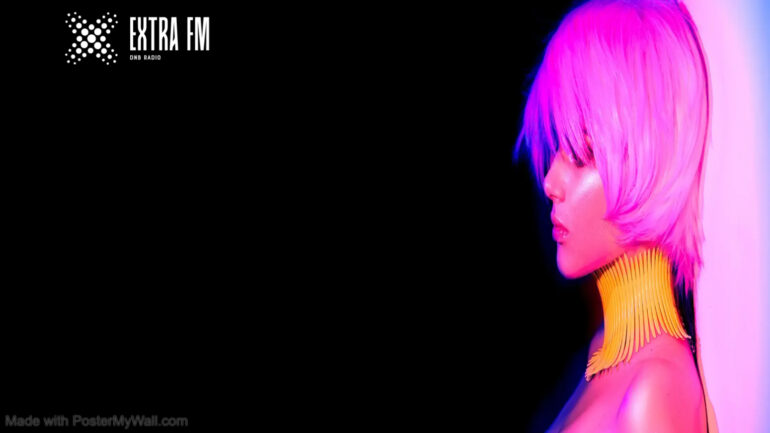
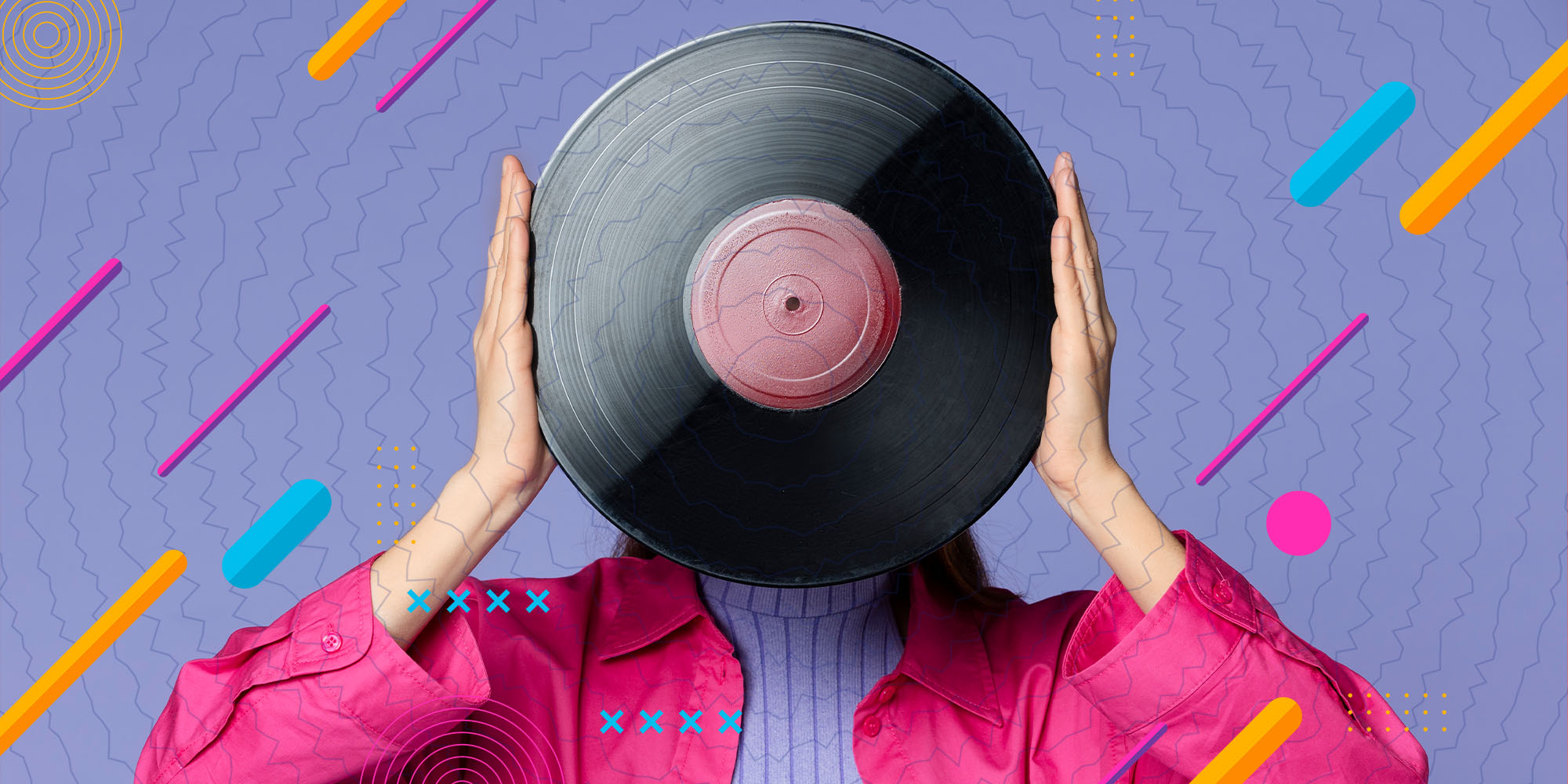
Virtus77 on December 21, 2024
Thanks for a marvelous posting! I quite enjoyed reading it, you could be a
great author. I will ensure that I bookmark your blog and may come back down the road.
I want to encourage you continue your great job, have a nice
holiday weekend!
pradm on December 22, 2024
Thank you so much Virtus77 im really happy you enjoyed the post, and thank you for your kind words means alot to us.
Kind Regards
Extra FM
hoki108 on December 22, 2024
Heya i am for the first time here. I came across this
board and I find It really useful & it helped me out a lot.
I hope to give something back and help others like you helped me.
pradm on December 22, 2024
Thank you so much for reading, i’m really happy that you enjoyed the Blog post. also thank you for your kind words.
we hope to see you soon.
Kind regards
Extra FM
Sallyanne on December 22, 2024
This was a lovely post I enjoyed this one, I read many blogs on music but your one was cool
keep up the great writing
55kbet slot link alternatif on December 22, 2024
What’s up to all, since I am truly eager of reading this
blog’s post to be updated regularly. It contains
good material.